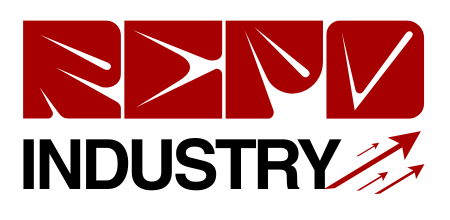When you rent a property, you immediately gain rights that guarantee your living space is safe and suitable for habitation. While landlord-tenant laws can vary between regions, their foundation is universal: landlords have a legal and ethical duty to uphold properties to a standard of livability. This encompasses the physical structure of the residence along with essential utilities and the security of the premises. Becoming accustomed to these obligations will make you a well-informed tenant and provide leverage to advocate for your rights. This allows you to communicate effectively with your landlord, recognize when your rights are being breached, and properly address issues during your tenancy.
Preserving Structural Integrity
Arguably the main landlord responsibility is maintaining the property’s structural elements. Building components should be in good working condition and free of hazards, including the roof, which should protect and prevent leaks; the foundation, maintaining the building’s stability; the walls, which must be stable and supportive; and other structural elements. If circumstances like a leaking roof or unstable flooring occur, they can compromise tenant safety and the property’s habitability. Landlords are typically legally obligated to address concerns promptly and thoroughly.
Providing and Servicing Utilities
In addition to physical structures, landlords have a duty to provide and maintain essential utilities throughout your tenancy. These mainly include functioning heating, a consistent supply of potable water, and a dependable electrical system for power. The absence or prolonged disruption of these necessities can render the residence uninhabitable under most landlord-tenant laws, constituting a violation of landlord responsibilities. All tenants have the right for these services to be properly maintained and available.
Maintaining a Pest-Free Environment
Landlords are responsible to ensure the property is free from insect, rodent, or other pest infestations that can create unsanitary living conditions. The legal obligations differ by area and the infestation’s nature and severity. In most jurisdictions, landlords must address pest problems, often including extermination services and measures to prevent future issues. This aims to provide tenants with a hygienic and comfortable dwelling.
Ensuring Tenant Safety and Security
Another landlord requirement is providing safety and security measures for tenant protection. This may include securing communal entryways, such as building entrances and hallways, equipping exterior doors and windows with working locks, and possibly installing outdoor security cameras. These provisions are crucial to peace of mind, contributing directly to tenant’s physical safety and the security of their belongings.
Supplying Proper Waste Management Resources
Maintaining a habitable property extends to sanitation and waste management, such as providing waste receptacles with consistent emptying. If significant debris accumulates from property repairs or handling a tenant eviction cleanout, landlords must arrange for timely and safe removal. This may involve coordinating with waste management companies for services like renting dumpsters for delivery and collection to avoid attracting pests, prevent hazards, and maintain a sanitary environment.
Addressing Landlord Negligence
If your landlord neglects their duties to maintaining a safe and habitable property, your rights are protected by law. Promptly notify them in writing, keeping detailed communications records. If they fail to act, explore options like rent escrow (when permitted), contacting tenant rights groups, or consulting a lawyer to understand your rights and potential solutions. Remember, documentation is key in this process.
Conclusion
While you’ll need to research your local landlord-tenant laws for specifics, the underlying principle of a landlord’s duty to provide a safe and habitable home remains a fundamental right for renters. Take the time to understand your location’s unique regulations. This knowledge is your most powerful tool for clear communication with your landlord, confident advocacy for your well-being, and effective resolution of issues throughout your lease.











